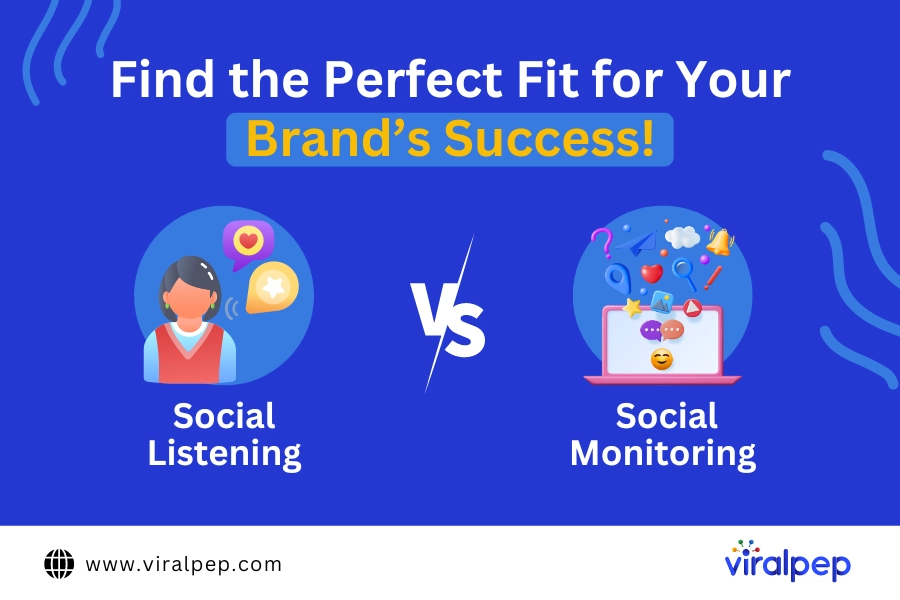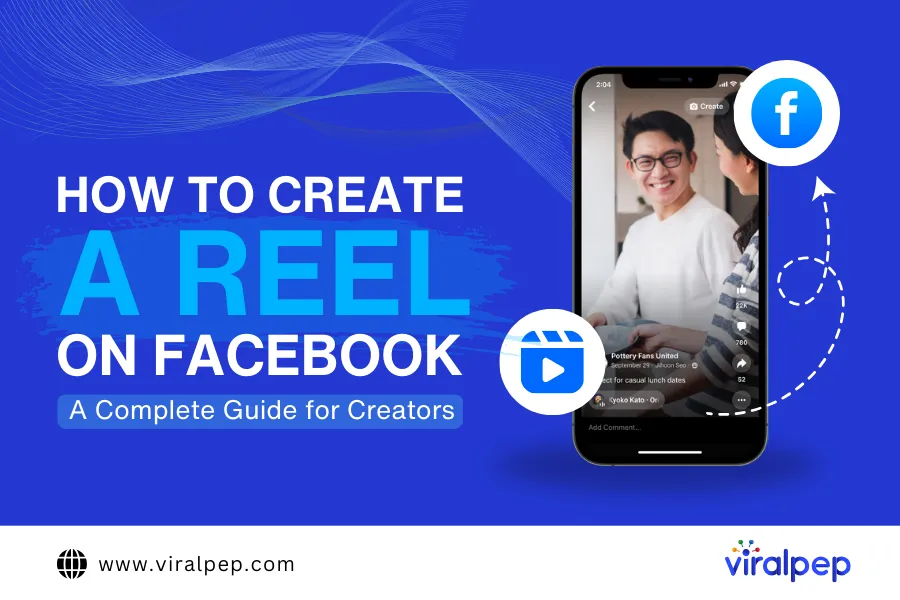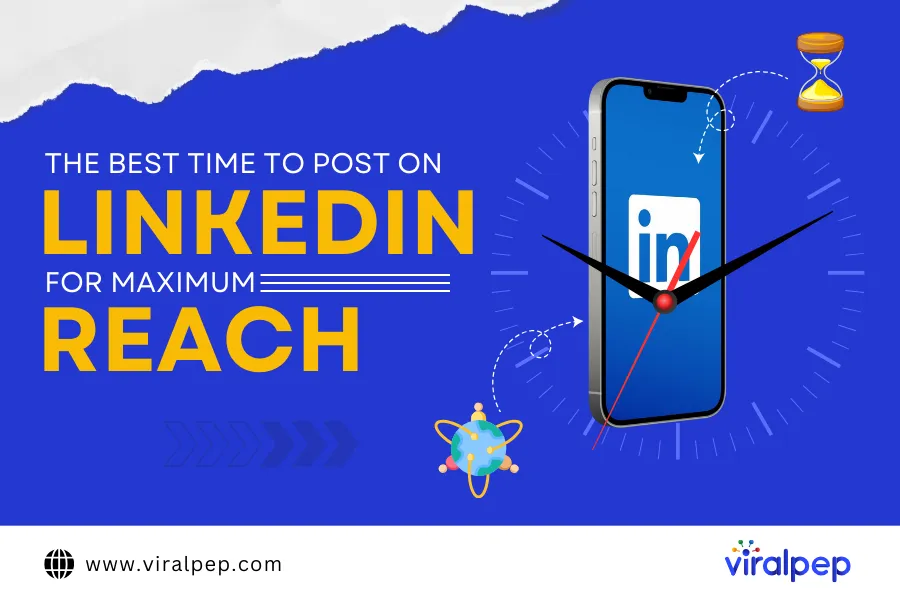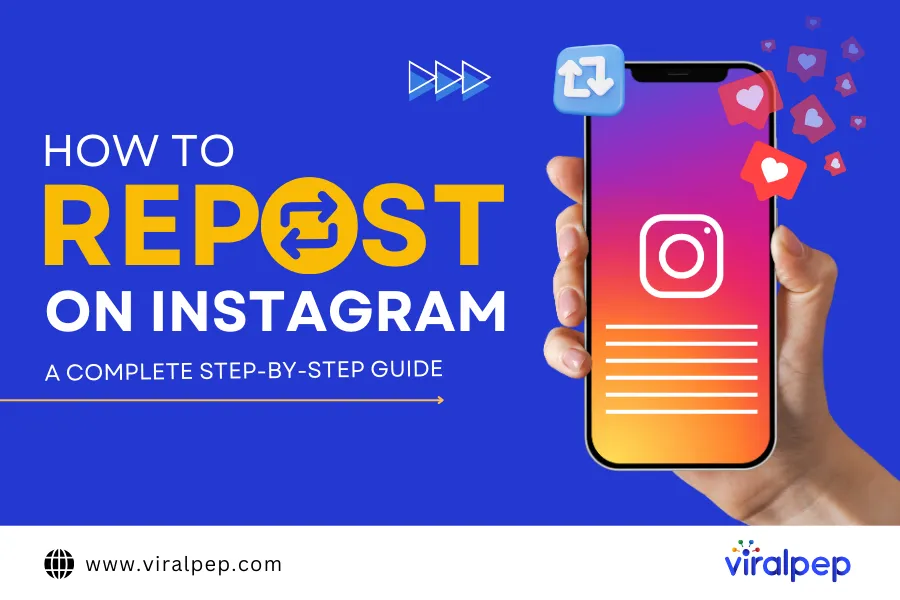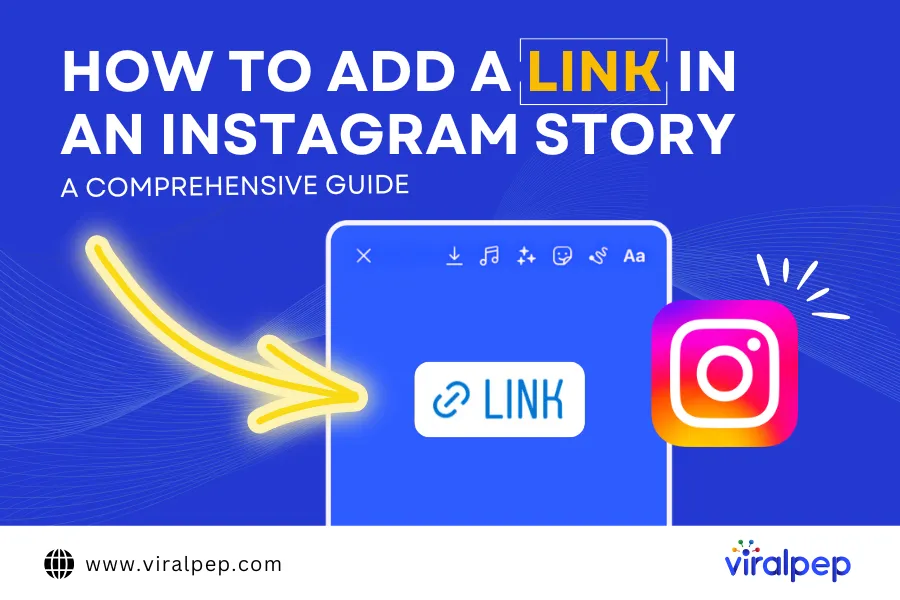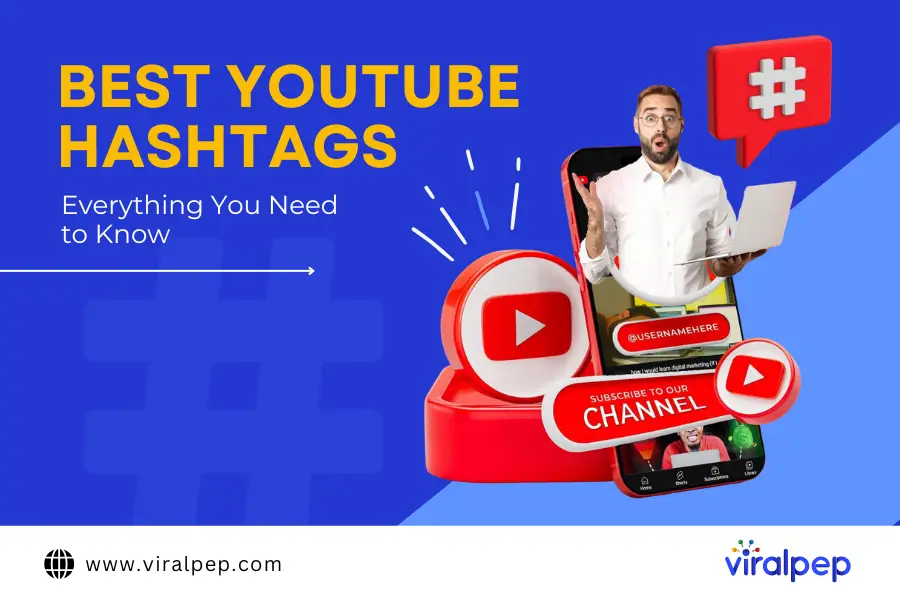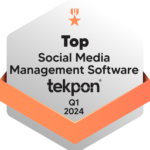What’s the difference between social media monitoring and social media listening? While these terms are often used interchangeably, they serve distinct purposes.
Here’s a breakdown:
- Social media monitoring focuses on tracking direct mentions of your brand—comments, messages, and conversations—and responding to these engagements.
- Social media listening, on the other hand, involves analyzing broader discussions across your industry, brand, and relevant topics. This helps you gain insights into audience sentiment and refine your overall strategy.
Both are essential for businesses. Monitoring tells you what’s being said about your brand, while listening helps you understand why it’s being said.
For instance, imagine you’re overseeing marketing for an e-commerce brand and have just launched a new product. Social media monitoring might show that many customers are talking about it, signaling potential success. But social media listening could reveal that a significant portion of those mentions are negative, with further analysis pointing to shipping delays as the real issue. Monitoring shows the surface-level data, but listening uncovers the root cause.
In this article, we’ll explore social media monitoring and listening in detail, and explain the key differences between the two.
What is Social Listening?
Social listening involves tracking and analyzing all conversations across social media platforms that are relevant to your business, brand, or industry. It goes beyond simply monitoring mentions by extracting deeper insights from discussions happening across various channels, providing a fuller picture of public sentiment and emerging trends.
While social media monitoring focuses on tracking direct mentions, tags, and interactions with your brand, social listening delves into understanding the underlying context, emotions, and themes behind these conversations. This can include untagged brand mentions, industry-related discussions, and even customer pain points, offering valuable information that monitoring alone might miss.
Here’s what social listening can help you uncover:
- Social share of voice: This helps you evaluate how much of the conversation in your industry revolves around your brand versus your competitors. Understanding your social share of voice lets you gauge brand awareness and recognition compared to others in your space.
- Brand sentiment: Social listening provides a clear picture of customer feelings toward your brand, helping you assess whether the perception is positive, neutral, or negative. It allows you to capture both explicit praise and complaints, along with more nuanced emotional responses that can shape your brand image.
- Social ROI: By analyzing social media engagement, sentiment, and conversion metrics, social listening helps you determine the effectiveness of your social media efforts. This allows you to measure how well your strategies are performing in generating leads, building brand loyalty, or increasing sales.
- Trends and opportunities: Social listening reveals emerging topics, memes, or industry shifts before they become mainstream. Identifying new trends early allows you to create timely content and engage with your audience in relevant ways, helping position your brand as a thought leader in your niche.
- Audience insights: You can also gain a deeper understanding of your audience’s interests, needs, and preferences through the themes and topics they discuss most frequently. This can inform everything from product development to marketing strategies.
- Crisis management: Early detection of negative conversations or complaints through social listening allows businesses to address issues before they escalate into a full-blown crisis. It enables you to engage with dissatisfied customers and rectify problems swiftly, maintaining your brand’s reputation.
Most importantly, businesses can use the insights from social listening to make strategic, data-driven decisions rather than relying on assumptions or guesswork. Whether it’s refining your messaging, creating social media content that resonates, or adjusting your products or services, social listening provides actionable intelligence that aligns your business with your audience’s needs and expectations.
By integrating social listening into your overall strategy, you’re better positioned to stay ahead of competitors, build stronger relationships with your audience, and continually improve your social media performance.
Why Social Listening Matters?
Here are a few reasons why social listening is a game-changer in the digital marketing landscape. It enables businesses to connect, adapt, and thrive in today’s dynamic world of customer engagement and increases social media engagement.
-
Tracking Social Mentions
Social listening tracks every mention of your brand across the web, offering a detailed view of how your brand is perceived. A comprehensive strategy goes beyond just tagged mentions, expanding to untagged mentions and even monitoring competitors and industry events to measure your audience reach.
This approach provides valuable data, such as the platforms where your brand is most discussed and the frequency of mentions for your brand and your competitors. With these insights, you can better understand your brand’s online presence and make informed decisions to enhance your digital marketing efforts.
-
Engaging in Relevant Conversations
Diving into conversations about your brand or industry offers insights into what your customers truly want. You can discover which features they love, what they appreciate most, and the areas that receive the most complaints.
With this information, you can build on your strengths and improve where needed. Additionally, actively participating in discussions where your brand isn’t explicitly mentioned allows you to provide valuable information or advice, positioning your brand as a trusted expert. This approach often leads to long-term customer loyalty as people connect with brands that demonstrate genuine care and expertise.
-
Identifying Loyal Fans and Influencers
Social listening is an effective way to discover authentic influencers who can convey your brand message to the right audience and help you select influencers for your brand. It also helps you identify loyal customers who consistently support your brand and recommend it to others. These advocates are invaluable in your brand’s journey, providing genuine endorsements and fostering community.
Another aspect of social listening involves engaging with your audience in innovative ways. For example, utilizing video chat platforms like Emerald Chat for random video chat, an alternative of Omegle, can provide direct insights into customer opinions and preferences. This allows brands to interact with their audience in real-time, creating meaningful connections and gathering valuable feedback.
-
Analyzing the Competition
Social listening extends beyond your brand by offering insights into what customers say about your competitors. By paying attention to these conversations, you can identify where your competitors may fall short and avoid similar pitfalls.
Moreover, you can capitalize on areas where your competitors are struggling, giving you a competitive advantage. Extracting insights from social media conversations and blog comments is useful for understanding customer sentiments and preferences. This information helps you refine your strategies and tailor your offerings to meet the needs of your target audience better.
The Benefits of Social Media Listening
Without social media listening tools, you risk overlooking key industry trends and customer preferences, missing valuable opportunities for growth and improvement. While social media monitoring focuses on what is being said and by whom, listening goes deeper to uncover the sentiment and context behind those conversations. Without social listening, businesses might misinterpret customer feedback or misunderstand their audience’s feelings, leading to misguided actions or missed chances to enhance their products, services, or messaging.
What is Social Media Monitoring?
Social monitoring is like “reading the room” in the digital world. It involves tracking and responding to mentions of your brand across the internet, including on social media, forums, blogs, and review sites.
The main goal is to identify every mention of your brand, product, or service and respond in a way that adds value. For positive mentions, a simple “thank you” works well. For negative ones, a sincere apology followed by a commitment to make things right is crucial—along with taking the steps necessary to fulfill that promise.
Social monitoring involves searching for:
- Your brand name (including any common misspellings)
- Product names (including misspellings)
- Competitor names
In short, social media monitoring is an extension of your customer support, specifically within social media platforms. It involves actively watching all conversations related to your brand and engaging with each one accordingly. The goal is to proactively connect with as many audience members as possible, building a sense of connection and loyalty between your brand and its customers.
Why Social Monitoring Matters?
Social monitoring offers several key benefits for businesses, helping them build stronger relationships with customers, address concerns proactively, and maintain a positive brand reputation in the constantly changing online environment.
-
Assisting Customers with Queries
One of the most straightforward ways customers express their thoughts is by tagging brands on social media to ask questions, make statements, or share complaints. Failing to respond to these tags means missing out on a critical aspect of your customer service efforts.
Social media monitoring helps you identify these tags and respond quickly with the right information. Embracing this practice is essential for brands to stay relevant and competitive in a crowded market. Proactively addressing customer inquiries and concerns can enhance your brand’s reputation and strengthen your relationship with your audience.
-
Identifying Relevant Trends
By closely monitoring mentions of your brand and your competitors, you can spot the latest trends in your industry and leverage them to your advantage.
These trends provide valuable insights into what users are interested in and present opportunities to adapt your products or services to meet their needs. Understanding your customers through social monitoring gives you critical information that can help boost your sales and maximize revenue. This data is key to optimizing your offerings and achieving long-term success in a competitive market.
-
Keeping an Eye on Competitors
Tracking mentions of your competitors offers vital insights into their strengths and weaknesses, which is essential for developing effective product and marketing strategies.
But don’t just stop at monitoring customer mentions. Dive deeper into analyzing their content, campaigns, and related products. Identify what types of content drive the most engagement and explore ways to create your unique versions (without copying). Likewise, observe any mistakes your competitors make and avoid repeating them. Learning from the competition can refine your strategies and stay ahead.
-
Gathering Social Proof
A genuine, positive customer review builds trust in your brand. Social monitoring helps you find these glowing comments about your products, which you can proudly use as social proof. People naturally trust other customers’ recommendations more than a brand’s promotional messages.
You don’t need to worry about appearing boastful. If your brand genuinely provides a valuable customer experience, sharing feedback is only fair. Your customers deserve to hear about the great service you provide, and you deserve recognition for your hard work. Embrace the positive reviews and let them showcase your business/brand’s excellence.
The Benefits of Social Media Monitoring
Failing to monitor social media mentions is like ignoring a ringing phone—many brands miss out on crucial insights that could drive more informed, strategic decision-making.
Social media monitoring plays a vital role in your brand’s communication strategy. It allows social media managers and customer service teams to stay on top of interactions, acting as the first line of response to incoming conversations, questions, and concerns across your social platforms. This real-time awareness is essential for managing your brand’s reputation and engaging effectively with your audience.
Social Listening vs. Monitoring: Key Differences
Although social media monitoring and social listening are often used interchangeably, there are important distinctions between the two. Understanding these differences is essential for leveraging each effectively to benefit your business or brand. It’s important to note that this isn’t about determining which strategy is better. Instead, it’s about understanding the benefits of social listening and the benefits of social media monitoring, and using both approaches to maximize your social media ROI.
-
Micro vs. Macro Focus
Social monitoring operates on a micro level, where customer service teams actively search for customer queries, issues, and comments to provide timely responses. This approach involves scanning various public platform feeds to identify and address relevant mentions.
In contrast, social listening functions on a macro level, focusing on how customers perceive your brand and your entire industry. It involves analyzing conversations involving your customers, competitors’ customers, and industry experts to understand your brand’s position within the market comprehensively.
Think of social monitoring as observing individual trees, while social listening is about viewing the entire forest. While social monitoring is critical to social listening, the latter provides a broader perspective that extends beyond individual interactions to offer a holistic view of your brand within the industry.
-
Active vs. Responsive Approach
Social listening is a proactive exercise, where you actively seek out customer and industry feedback to identify gaps or areas for improvement. This approach is about uncovering opportunities and addressing potential issues directly.
The insights gathered from social listening often lead to long-term strategic decisions. For example, brand mentions might highlight a missing feature, influencing the company’s product development. Industry conversations could reveal trends that prompt early adoption of new tools, giving your brand a competitive edge.
Conversely, social monitoring is more reactive. Customers initiate the interaction by tagging your brand with questions, complaints, statements, or suggestions, and your brand responds accordingly.
This is why social monitoring is often integrated into broader social listening strategies. While monitoring tagged mentions is a great way to gauge customer sentiment, it’s just one aspect. Both active listening and responsive monitoring work together to provide a comprehensive approach to understanding and engaging with customers and the industry.
-
Manual vs. Automated Processes
One of the most straightforward differences between social listening vs social monitoring lies in their execution—one is manual, while the other is largely automated.
With social monitoring, you can either use a tool to compile all brand mentions or manually check your notifications for relevant mentions. However, responding to each mention requires direct, hands-on effort.
The process of social listening necessitates the use of specialized automated tools. It surpasses the simple tracking of tagged mentions on social media. By inputting relevant keywords and phrases into the system, the tool can reveal digital conversations, comments, articles, podcasts, videos, and other content related to those specific terms.
Additionally, automated tools allow you to monitor mentions of your competitors effectively, which is challenging to do manually, especially when considering social media marketing challenges. By leveraging the right automation tools, you can efficiently manage and analyze vast amounts of data, providing comprehensive insights that manual monitoring alone cannot offer.
Final Thoughts on Social Monitoring and Listening
Social monitoring and listening are essential for staying connected to conversations about your brand, competitors, and industry as a whole. However, getting started can be a bit daunting. You’ll need to determine which keywords, hashtags, and topics to track, monitor multiple social platforms, and learn how to interpret the vast amount of data you collect. This can quickly feel overwhelming, especially if you’re new to the process.
Social monitoring helps you track direct mentions and engagements, giving you real-time insights into what people are saying about your brand. On the other hand, social listening allows you to look beyond individual mentions and analyze broader industry trends, audience sentiment, and emerging themes. Together, these tools provide a full view of how your brand is perceived and allow you to refine your strategy accordingly.
Understanding how to leverage these insights effectively is crucial for optimizing your marketing, customer service, and product development. For example, listening can help identify pain points or desires that customers express, enabling you to improve offerings or shift messaging before a trend becomes mainstream.
Our comprehensive social listening guide simplifies the learning process. you’ll learn how to:
- Track the right keywords, hashtags, and topics relevant to your brand and industry.
- Measure brand sentiment and customer emotions to understand how your brand is perceived.
- Identify trending discussions, allowing you to stay ahead of competitors and join relevant conversations.
- Analyze content performance across platforms to enhance your social media strategy.
- Implement actionable insights from listening reports to drive business growth.
With Viralpep’s powerful social media management tools, you can streamline your social monitoring efforts. By mastering these skills, you’ll engage with your audience in more meaningful ways, stay informed on industry trends, and make data-driven decisions that can strengthen your overall strategy. Let Viralpep be your partner in navigating the complexities of social media insights.


